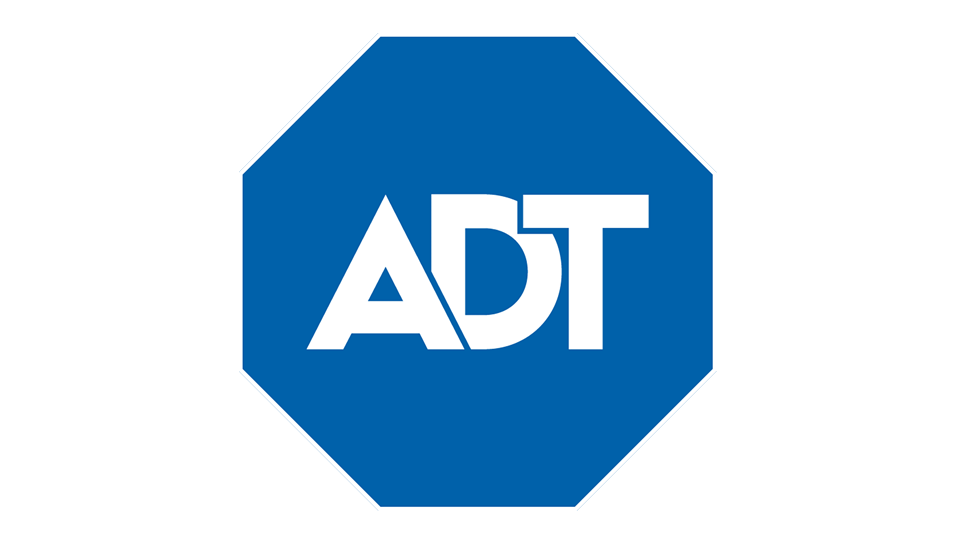
ADT is championing a nationwide effort to help emergency services better evaluate alarm calls, improve efficiency and accelerate response times — when every second counts.
With partnership from ADT, The Monitoring Association, in collaboration with Partnership for Priority Verified Alarm Response, devised the Alarm Validation Scoring Standard (AVS-01). It uses historical and real-time information to provide first responders with crucial details, including the severity of the threat, that can help them quickly make an informed plan of action. Input from both the alarm industry and public safety representatives was used to shape the scoring standard.
ADT has fully deployed this feature in compliance with the AVS-01 standard. ADT Monitoring Centers are UL certified for AVS-01 and now score every burglar alarm per the standard and provide this information to Law Enforcement.

“We are the first company to adopt and implement Alarm Validation Scoring at a national level,” says Mike Picciola, VP, Monitoring and Customer at ADT. “With this new standard, we're able to associate a level to the alarm which provides 911 centers additional context and enables them to prioritize the alarm while providing critical information to first responders before they arrive at the scene."
Providing first responders with the right level of detail
When an ADT monitoring center receives a signal that an alarm system was triggered, one of our highly trained monitoring agents reviews the available information and selects the appropriate alarm level.
All alarms start at Level 1, with the potential to escalate or deescalate based on additional data. If the monitoring agent determines there is a threat, or the potential of a threat, the level and a description of the event are then shared with first responders.
National adoption
For AVS-01 to achieve its potential as a national alarm standard, it must be adopted across the country’s varied patchwork of 911 centers. ADT, with its 150 years of experience and trusted network of public safety relationships, is leading the charge and creating the partnerships necessary to implement AVS-01 nationally.
Brandy Kidwell, NETCOM 911 Manager, serving Keller, Colleyville, Southlake, and Westlake, Texas, says, “ADT has been so helpful with initial pilot meetings before launch, sharing literature to hand out to officers, support on the day that we took AVS-01 live, follow-up after we went live, and — throughout it all — they have kept us in the loop, prioritizing open communication.”
“We really appreciate our partnership with ADT,” says John Reynolds, Information Systems Advisor for the Nashville Department of Emergency Communications. “They helped us get set up to receive and dispatch alarms with much greater efficiency.”
This ADT training call reflects the use of the AVS-01 standard — in this case, a Level 3 alarm with confirmed persons on site and a threat to property.
This call between an ADT dispatcher and the San Diego police implements the AVS-01 standard — in this case, a Level 2 alarm with proof of an unknown person on the property.
Optimizing alarm systems
With AVS-01, emergency response can be more intentional and, therefore, faster — but that relies on businesses and homeowners better equipping their alarm systems with real-time verification capabilities.

AVS-01 permits various kinds of evidence for alarm verification. Real-time video stands apart for its ability to provide the necessary data for precise alarm identification. Kristy Johnson, ADT’s Director of Monitoring, says, “By utilizing our best-in-class smart home devices and sensors, real-time reporting, and monitoring, we can accurately relay alarm levels so that dispatchers can provide the most important information to first responders.”
ADT’s comprehensive alarm solutions include Google Nest cameras and 24/7 professional monitoring with advanced video verification. Johnson adds, “Customers can use security cameras as alarm triggers with AI-enhanced ‘person-detection analytics’ or pair traditional intrusion sensors with nearby cameras for visual context. This capability enables monitoring agents to assess the context of all alarm events, regardless of the triggering device.”
Looking forward
The impacts of AVS-01 will go beyond specific emergency responses to affect overall departmental effectiveness. Brenda Bruner, Dispatch Manager from Alameda County, California, says, “AVS-01 will improve operational practices and consistency by removing the significant time spent on follow-ups, questions and telephone calls to alarm companies.”
AVS-01 is poised to be the most significant change to the alarm industry in decades. Non-verified alarm systems are increasingly unlikely to secure the necessary police response, leaving people and properties vulnerable. By adopting a video-verified alarm system, organizations can ensure timely emergency services responses, bolstering the security of their people and property.
“We look forward to seeing AVS-01 become more universal,” says Reynolds from Nashville. “For consistency and safety, we need all alarm agencies to move in this direction.”
ADT will continue to partner with 911 centers and will also work to widen the scope of how we comply with AVS-01.